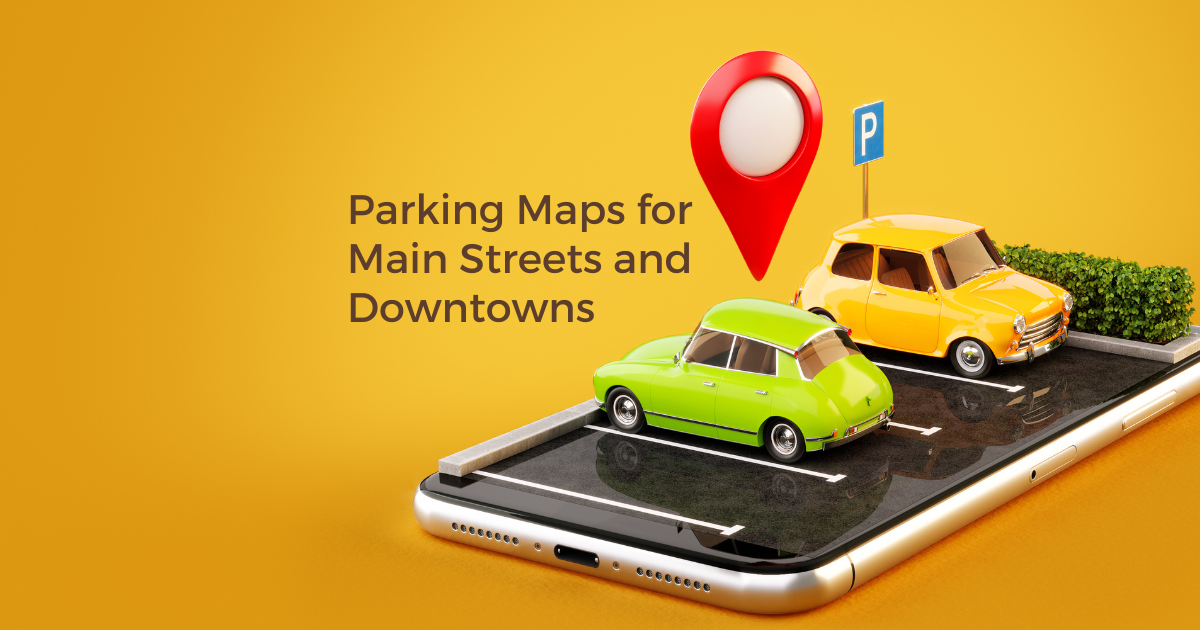
The story of Francisco Pizarro, one of Spain's most victorious conquistadors, is both captivating and controversial. Born in Trujillo, Spain, around 1475, Pizarro rose from humble beginnings to become a key figure in the Spanish conquest and colonization of Peru. His expeditions brought him fame, wealth, and power, but they also led to the downfall of the Inca Empire and the devastation of native populations. In this article, we will delve into the life and achievements of Francisco Pizarro, tracing his journeys through South America and exploring the impact of his actions.
Map Of Francisco Pizarro's Expeditions
Francisco Pizarro's Early Life and Military Service
Francisco Pizarro was born into a poor family in Trujillo, Spain. His parents, Gonzalo Pizarro Rodriguez de Aguilar and Francisca Gonzalez Mateos, never married, making Francisco an illegitimate child. Growing up in a modest household, Pizarro did not receive a formal education and instead began working as a swineherd at a young age. However, he harbored dreams of adventure and wealth, which led him to join the Spanish army as a teenager.
Pizarro's military service took him to Italy, where he gained a reputation for his courage and bravery. Meanwhile, Spain was expanding its empire in the New World, and the voyages of Christopher Columbus inspired Pizarro to seek his own fortunes in the Americas. In 1502, he set sail for Hispaniola, a Spanish outpost in the Caribbean, where he served in the military troops. However, Pizarro's desire for exploration and conquest led him to seek further opportunities.
Expeditions in South America
Pizarro's first expedition in South America came in 1510 when he joined Alonso de Ojeda and 300 other settlers in an attempt to establish a colony on the coast of South America. The settlement, named San Sebastian (in present-day Columbia), faced numerous challenges, including tropical diseases, starvation, and attacks from native populations. The majority of the settlers perished, forcing Pizarro and the surviving members to abandon San Sebastian and establish a new colony in Darien, present-day Panama.
It was in Darien that Pizarro formed a partnership with Vasco de Nuñez de Balboa, a famous explorer. Together, they embarked on a trek across Panama, becoming the first Europeans to lay eyes on the Pacific Ocean. This journey ignited Pizarro's ambition to explore further and discover new riches in the south. In 1519, he began serving under Pedrarias Davila, the new governor of Panama, and was tasked with arresting Balboa, who was Davila's rival. Balboa was executed, and Pizarro gained wealth and land, solidifying his position in the New World.
Discovery and Conquest of Peru
Pizarro's partnership with Diego de Almagro, another soldier, marked the beginning of his quest to conquer Peru. In 1524, they set sail from the Bay of Panama, exploring the Biru River and encountering friendly natives who possessed gold. Their vessel required repairs, so they returned to Panama, naming the land "Peru" after the river. However, Pedrarias Davila prevented Pizarro from continuing his explorations, prompting him to return to Spain to seek permission directly from Emperor Carlos V.
In 1529, Pizarro was granted permission to conquer Peru and was appointed governor and captain-general of the New Castile province. He returned to Panama in 1530 and set sail for Peru in January 1531, accompanied by his brothers and a small army. The Spaniards arrived in Peru and established a camp named San Miguel, where they met Hernando de Soto, another notable explorer.
Pizarro's army encountered the Inca ruler, Atahualpa, who initially refused to convert to Christianity. This led to a conflict between the Spaniards and the Inca empire, culminating in the capture of Atahualpa in the city of Cajamarca in November 1532.
Despite receiving a vast ransom in gold and treasure, Pizarro ordered Atahualpa's execution in 1533. The Spanish then proceeded to conquer the Inca capital of Cuzco (1535 - 57) and plundered its riches, effectively ending the Inca empire.
Later Years and Legacy
After the conquest of Peru, Francisco Pizarro spent several years maintaining Spanish control and establishing settlements. However, tensions and rivalries between Pizarro and Almagro plagued their partnership. In 1538, Pizarro had Almagro imprisoned and executed, further solidifying his power. He continued to explore and expand Spanish territories, founding the city of Lima in present-day Peru.
Pizarro's actions had far-reaching consequences. While he brought wealth and power to Spain, his conquests resulted in the decline of native populations due to violence, enslavement, and diseases brought by the Europeans. The cultural and societal impact of the Inca empire's collapse cannot be understated. Today, however, Pizarro's achievements are still recognized, and the city he established, Lima, remains the capital of Peru.
Conclusion
Francisco Pizarro's expeditions and conquests shaped the history of South America. From his humble beginnings as a swineherd in Trujillo, Spain, he rose to become a renowned conquistador and the conqueror of the Inca Empire. Pizarro's thirst for wealth and power drove him to explore uncharted territories, leading to the downfall of one of the most advanced civilizations in the world. While his actions had devastating consequences for native populations, his legacy endures in the cities and regions he founded. Francisco Pizarro's story serves as a reminder of the complex and often tragic history of exploration and colonization.
Unearth history like never before with Proxi's interactive map maker. Dive deep into the past and create your own map exploring significant historical events or eras that fascinate you. It's more than just a map; it's your personal journey through time. Start your historical exploration with Proxi today!
Related Articles
Get Inspired
View All Featured MapsAdventure Awaits!
Check out some of the latest articles on our blog





.png)
